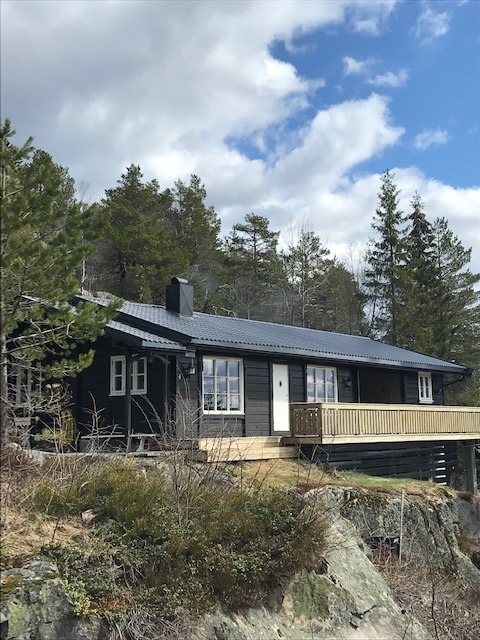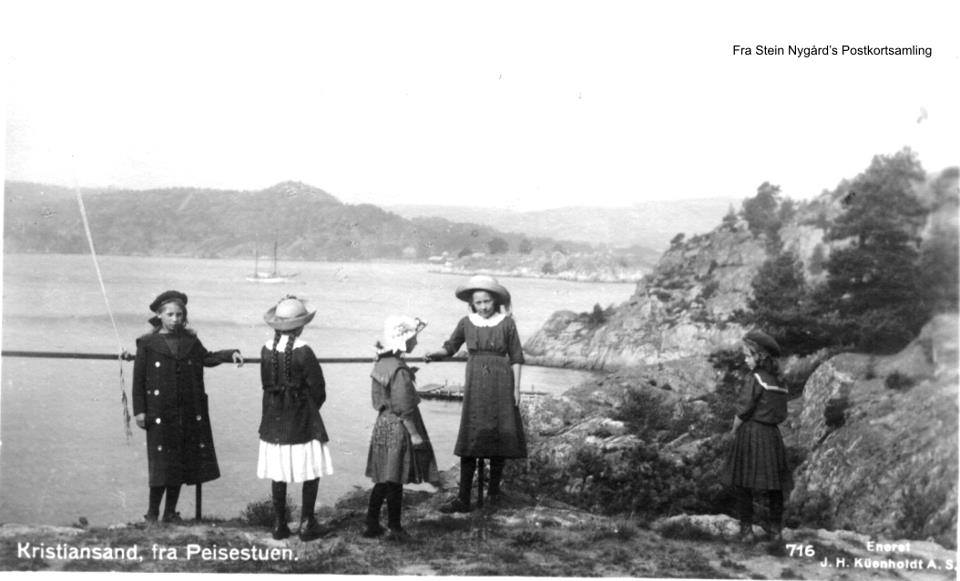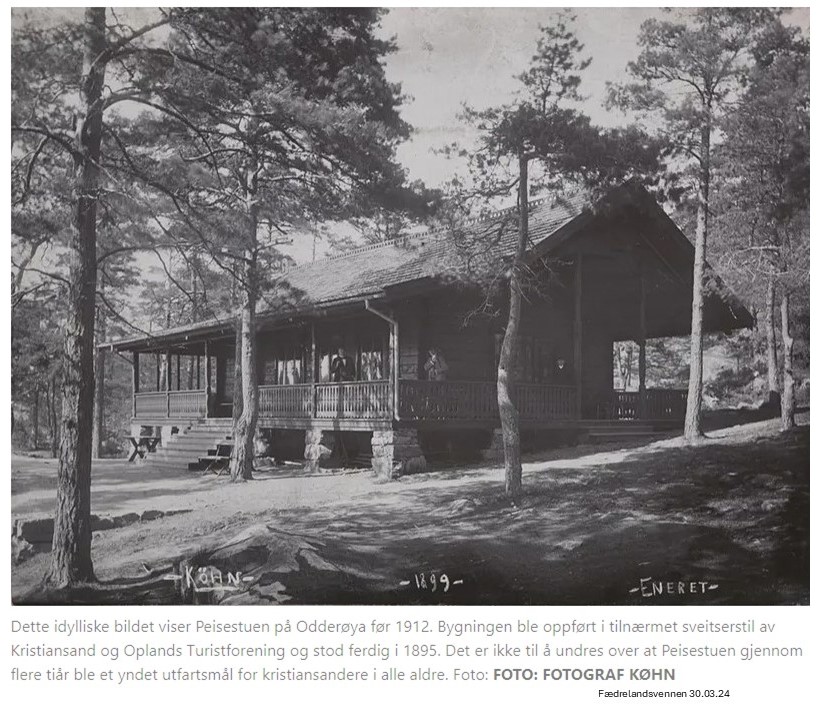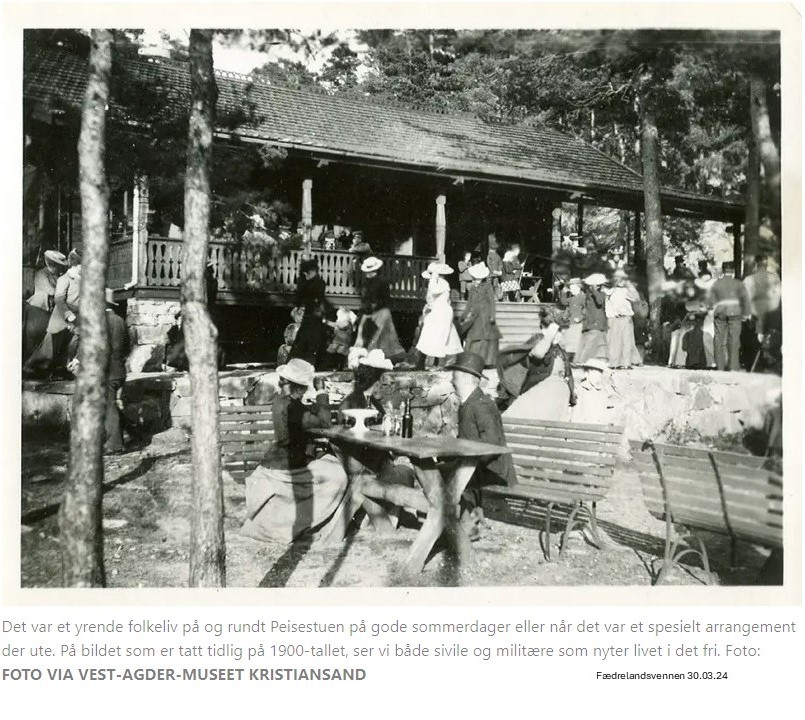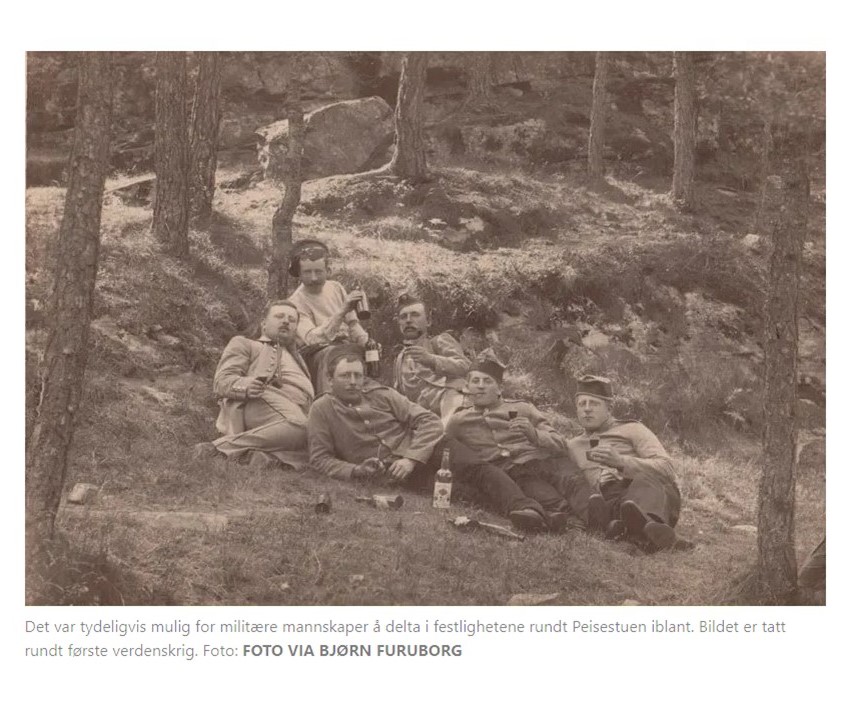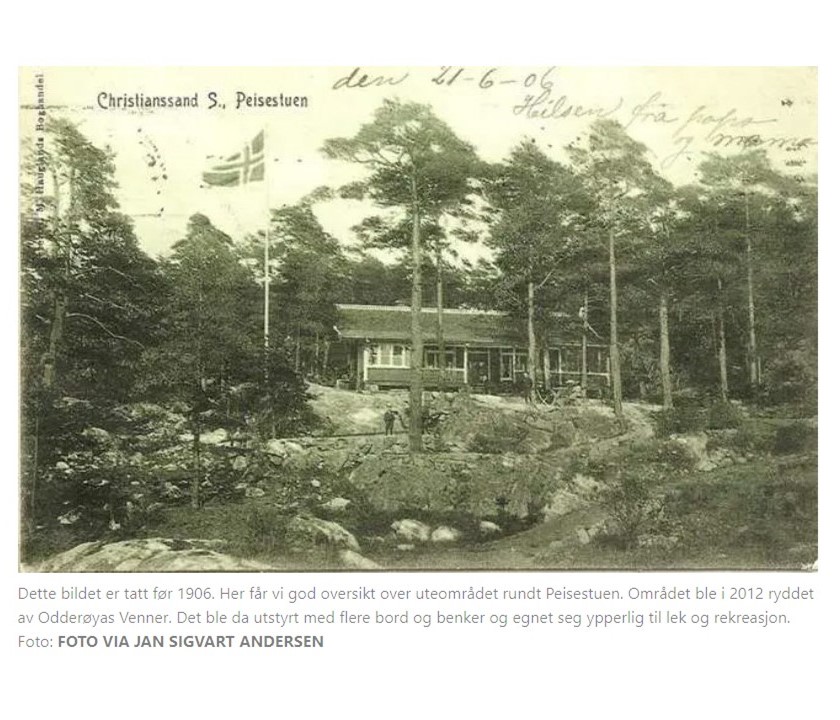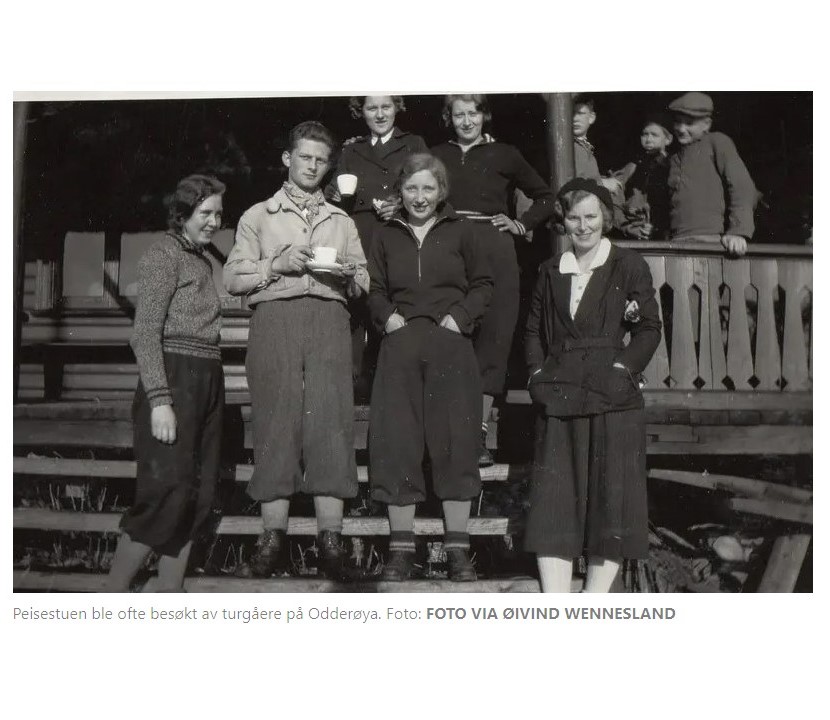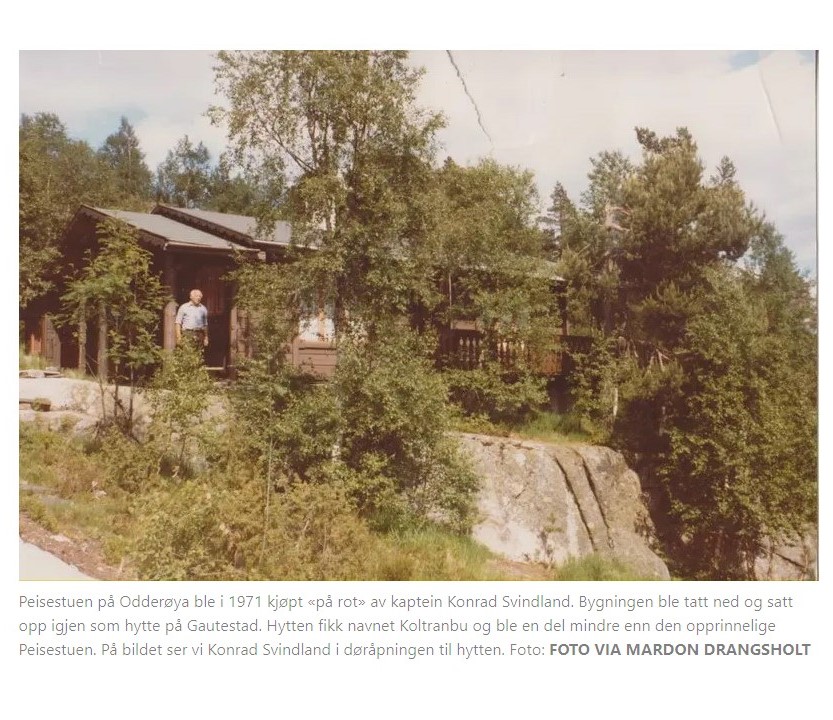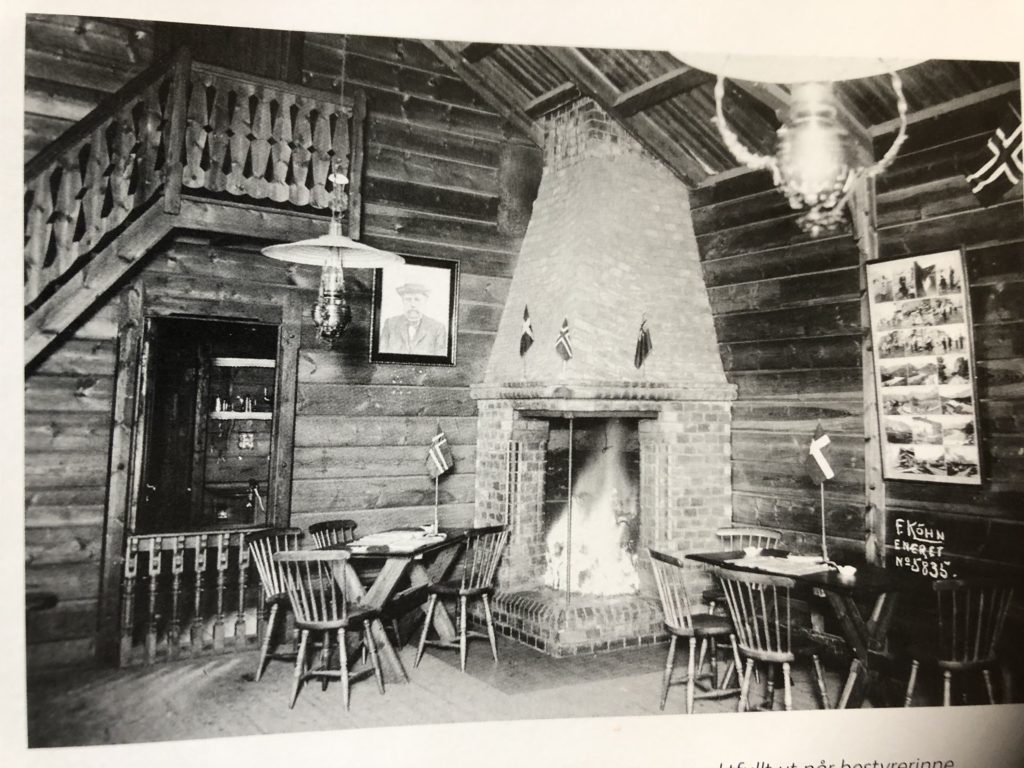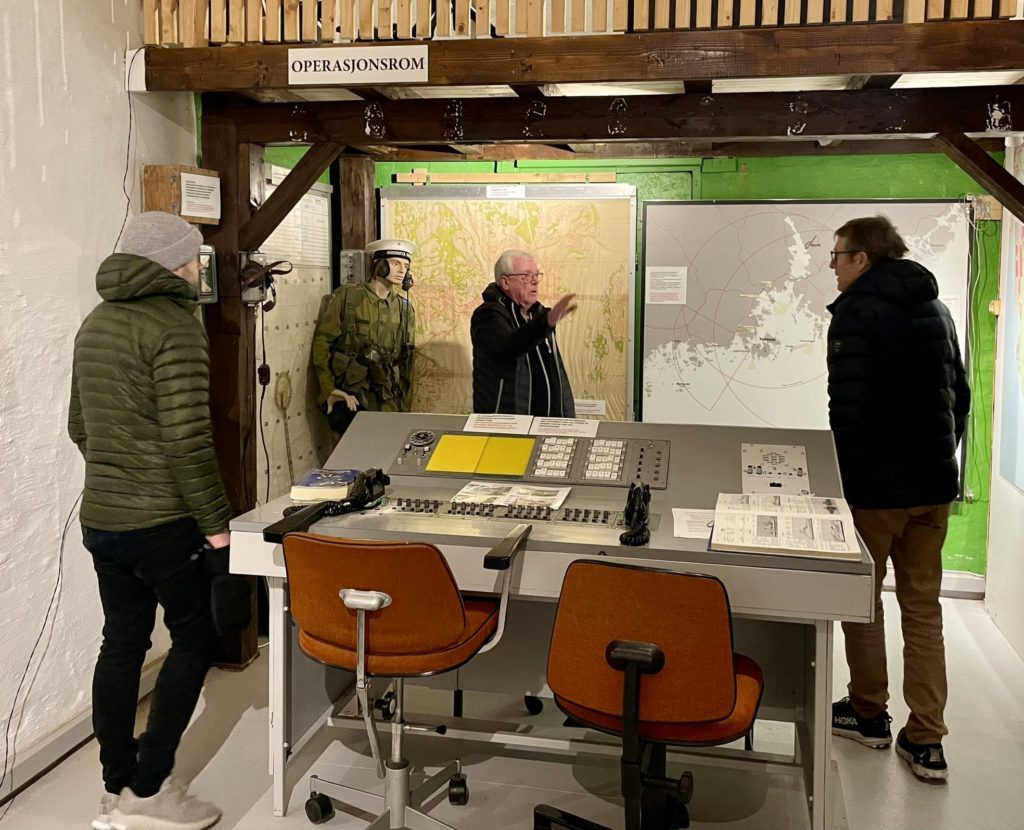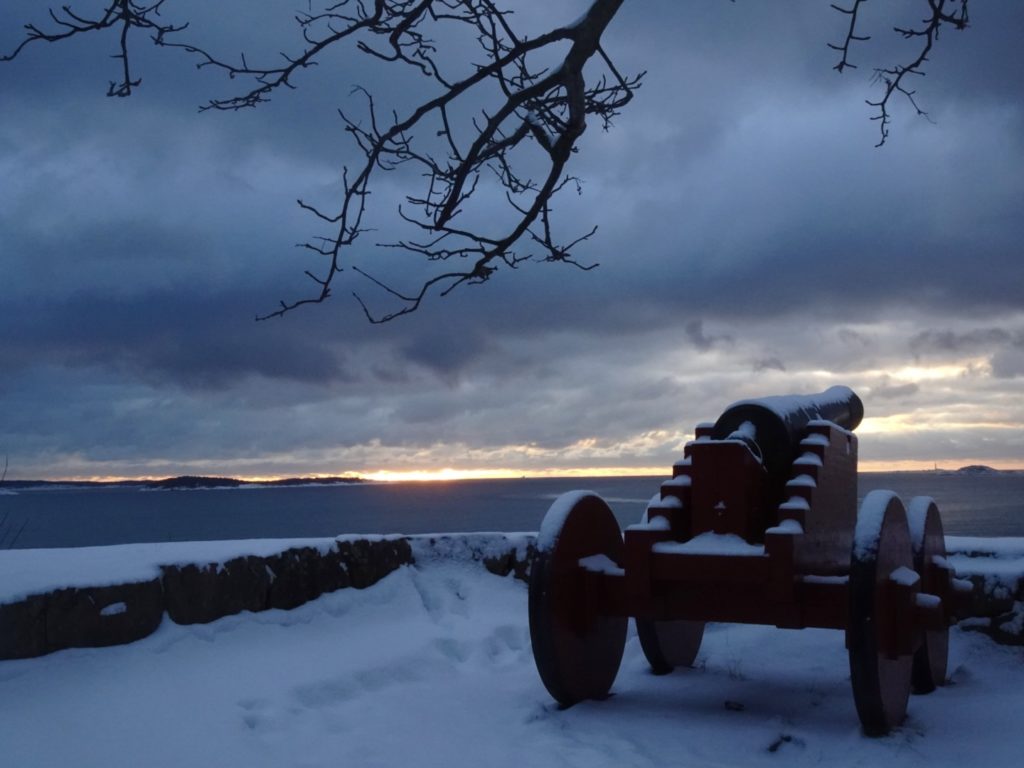It was as early as 1894 that the Kristiansand and Oppland Tourist Association took the initiative to build the Peisestuen on Odderøya. The association was then no more than seven years old, and this was a major boost. The Peisestuen was located on the northwest side of the island, up the hill from where Silokaia is now. Today this is referred to as area six. At the time this was a military area, but the military authorities gave permission to build a restaurant, build walking paths and build a viewpoint on the top of the island. The Tourist Association was responsible for all of this. The Peisestuen was opened on September 18, 1894, and it happened with great fanfare. The brigade commander had provided the brigade music. There were probably around 3,000 people present at the opening. And this became a very popular place for the city's population and for tourists who visited the city.
From 1895, the Fireplace Room was operated regularly and at the end of April the following advertisement appeared in the newspapers of the time: "The Fireplace Room on Odderøen will be open for use from May 1st. Ferry money is paid to the ferryman in Gravene: 2 Øre for adults and 1 Øre for children – round trip."
From the annual report for the Tourist Association in 1905, we can read "it is hoped that, through an arrangement, someone will be allowed to order dinner, hold afternoon tea or the like at the scenic spot near the town, to be able to offer both tourists and the town's own people a beautiful and pleasant place to spend your free time”
The Fireplace Lounge was not run by the Tourist Association for many years. As early as 1914, a proposal was made at the general meeting to transfer it to the City Corporation or to Kristiansand Municipality. But it was not until 1919 that the Fireplace Lounge was sold to the municipality for NOK 6,000. As a curiosity, it can be mentioned that in 1971 the Tourist Association received a request from the Navy to see if anyone was interested in taking over the Fireplace Lounge, which was then due to be demolished. But taking over was not an option at the time.
In September 1939, the Commander closed Odderøya to civilian traffic. This was due to the outbreak of World War II. That also meant the end of the festivities in the Peisestuen area. It is claimed that the Germans used Peisestuen as a hospital/convalescence area during the war.
After the war, Peisestuen was used by the Shooting School for the Coastal Artillery (which came to Odderøya in 1953). There they had built a model table of the archipelago in Southern Norway and conducted tactical games. In the 1970s and 1980s, the building was used as a warehouse. Peisestuen was sold to a private individual in the early 1970s. It was later, in a somewhat smaller format, set up in Gautestad as a holiday home.
USE OF THE FIREPLACE LIVING AREA AFTER THE WAR.
The Shooting School for the Coastal Artillery was established on Odderøya in 1953. They needed teaching facilities. An artillery hall and a schoolroom were built in the area. In addition, the Germans had built a barracks that was used as a gymnasium/cinema hall for a short period. The Shooting School also used this and made the models for tactical games. The hall was also used for miniature shooting.
The area also had a 30-meter short-range rifle shooting range that the Coastal Artillery Recruit School used for weapons training until the school was closed in 1993.
A playground has now been built in the area, and almost all traces of Peisestuen are gone.

